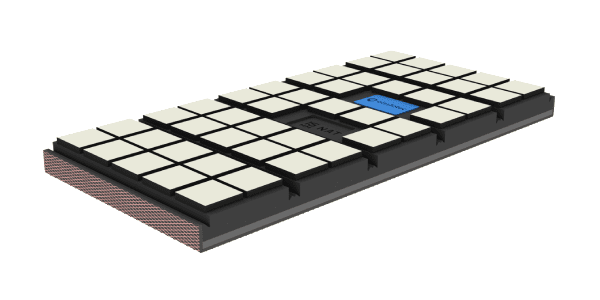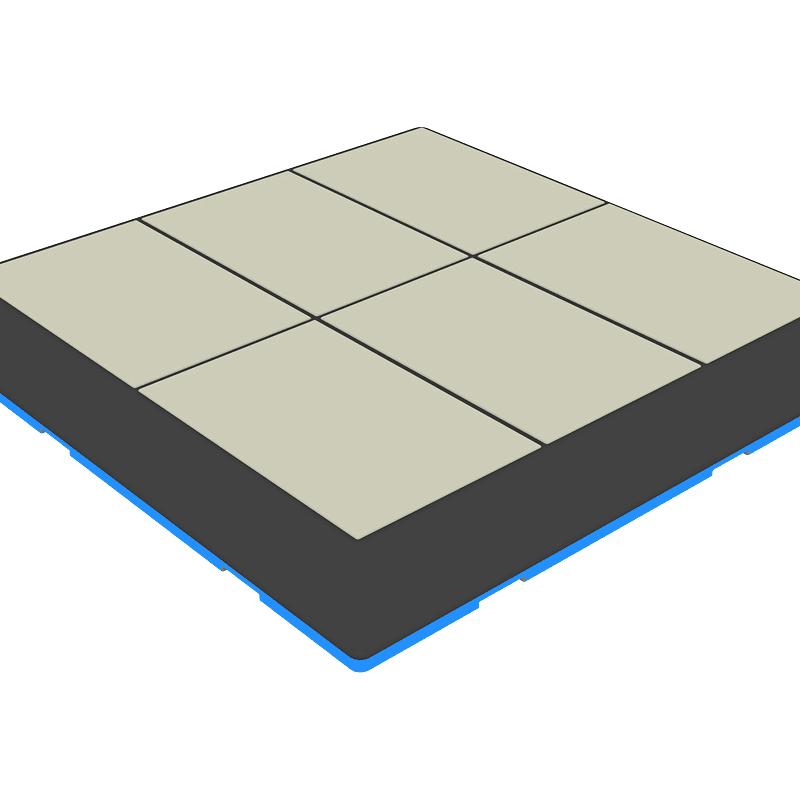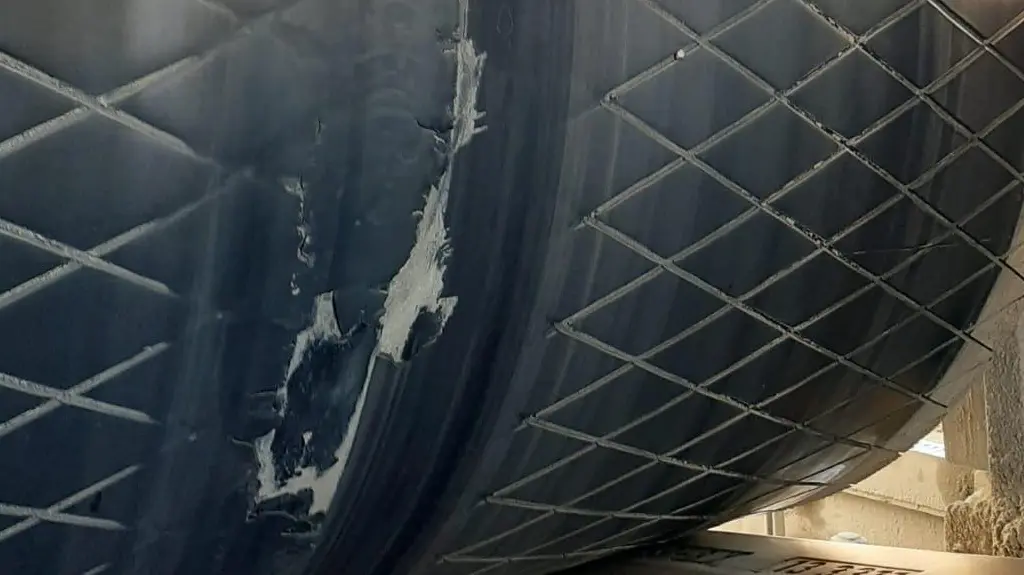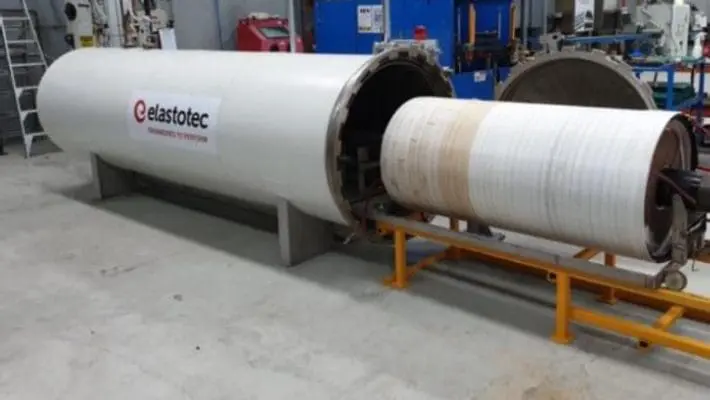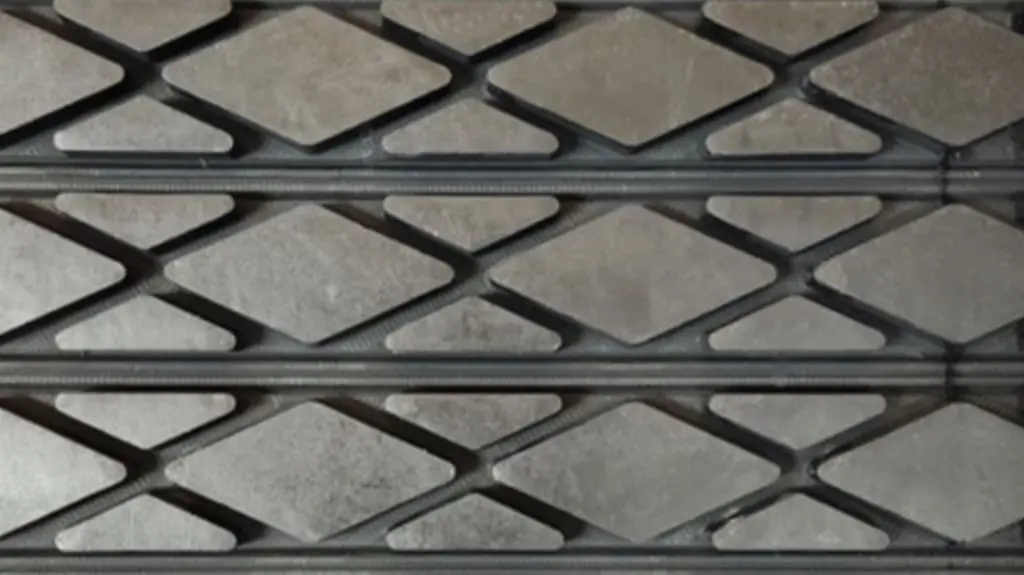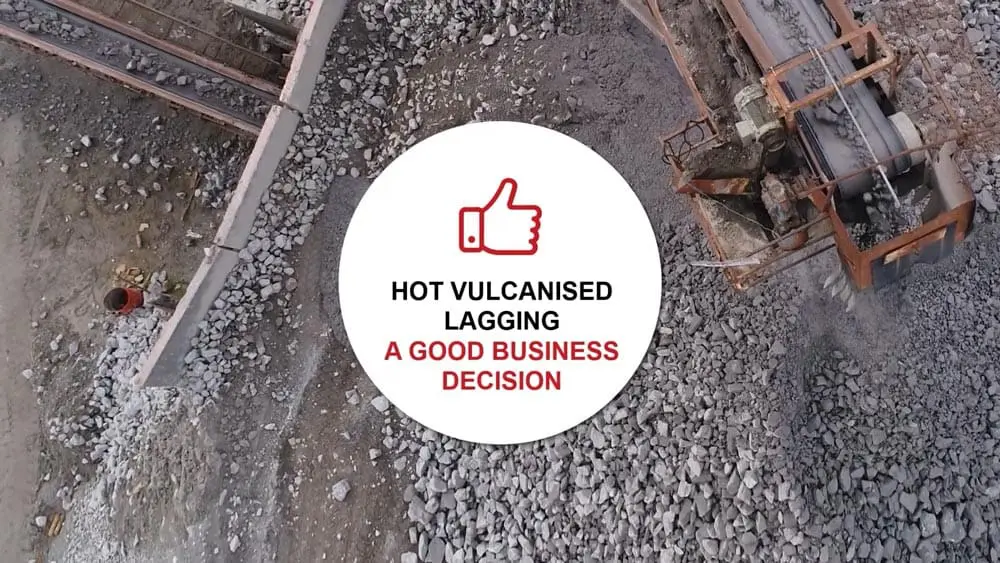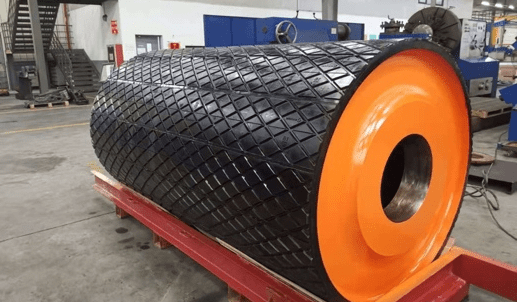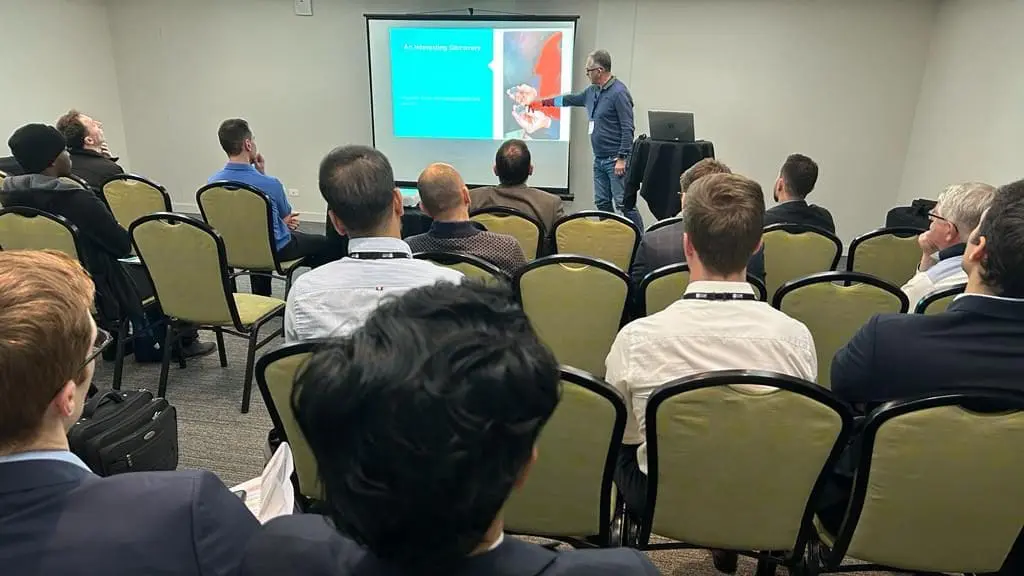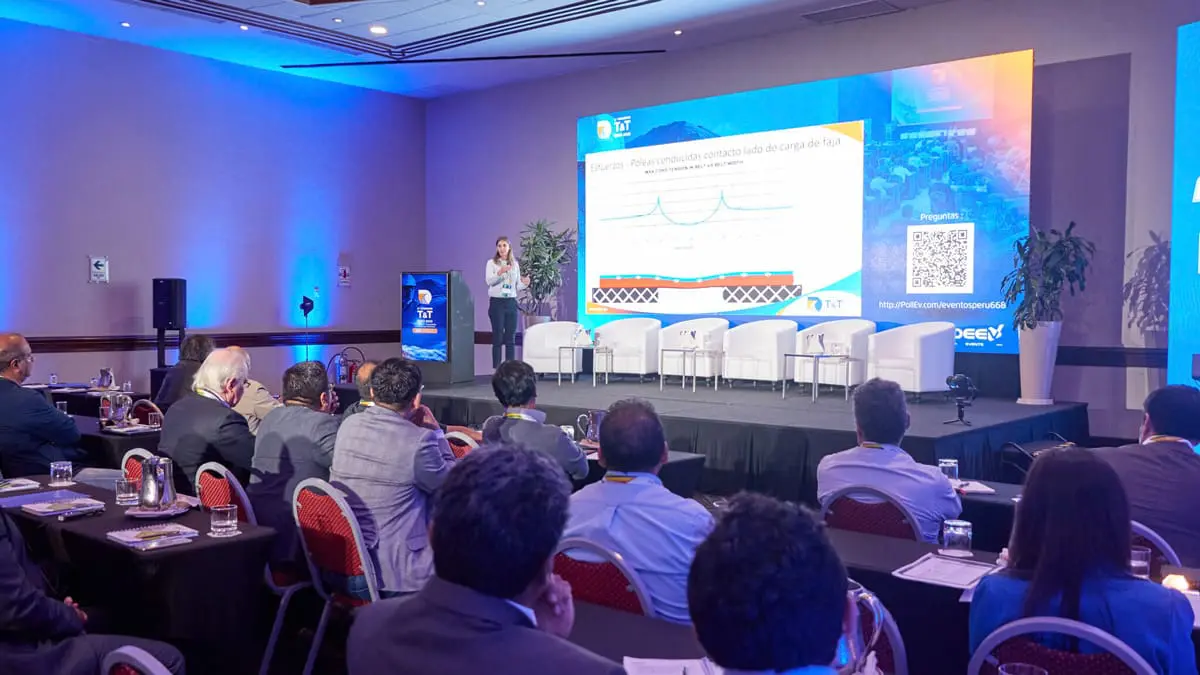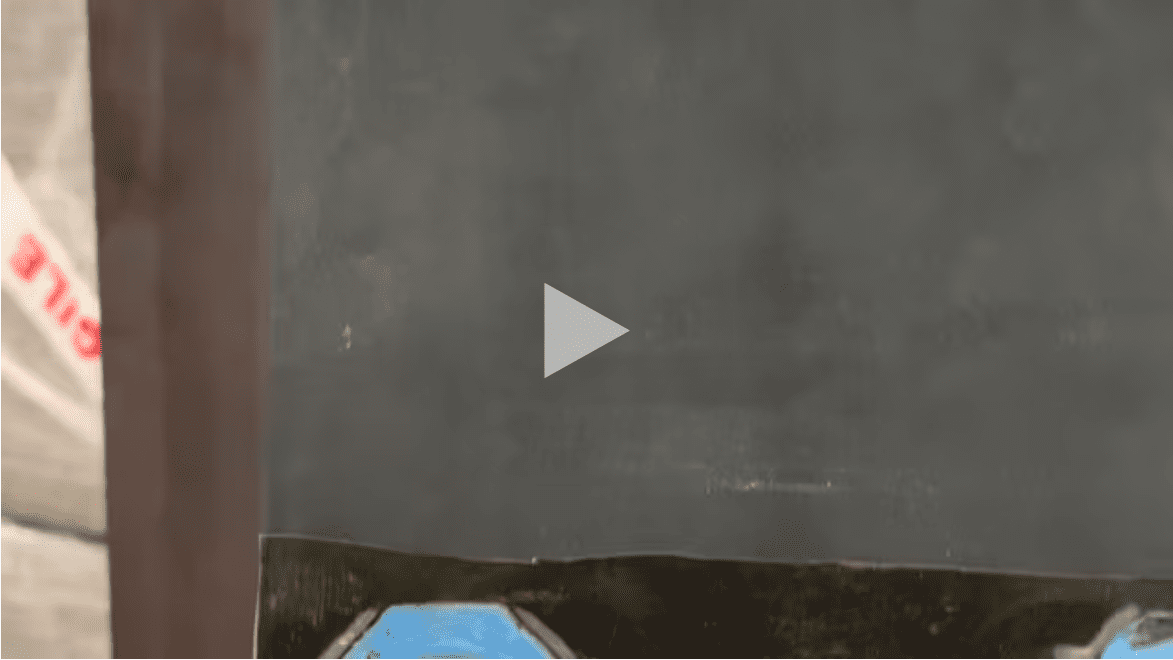


- Pulley Lagging
- QUICK LINKS
- Lagging Types Overview
- Product overview
- Lagging Select – Analysis Tool
- Lagging Analyst
- Pulley Lagging Specifications
- NAT v’s FRAS Overview
- Hot v’s Cold Bonding
- Large Lagging Rolls
- Pulley Lagging News
- Pulley Lagging Case Studies
- Storage Recommendations
- Material Safety Data Sheets
- Installations & Applicators
- Wear Panels
- About Us
- Case Studies
- LATEST CASE STUDIES & TECHNICAL PAPERS
- Technical Papers
- Technical Papers
- News
- LATEST NEWS
- MATERIAL SAFETY DATA SHEET
- MSDS Cold Bond Adhesive
- MSDS Cold Bond Adhesive Hardener
- MSDS Metal Primer 2205
- MSDS Metal Primer 2207
- MSDS Direct Bond Adhesive – Part A
- MSDS Direct Bond Adhesive – Part B
- MSDS Hot Vulcanised Brushing Cement
- MSDS Hot Vulcanised Lagging Adhesive
- MSDS High Temperature Direct Bond Adhesive Resin
- MSDS High Temperature Direct Bond Adhesive Hardener
- Elastotec Dangerous Goods Packing Details
- MATERIAL SAFETY DATA SHEET
- Partner Login
- APPLICATION
- Cold Bonded Lagging Application Procedure Steps
- Cold Bonded Ceramic Lagging Checklist
- Hot Vulcanised Application Procedure Steps
- Hot Vulcanised Ceramic Lagging Checklist
- Direct Bond Ceramic Pulley Lagging Application Procedure
- Direct Bond Ceramic Pulley Lagging Rolls <300mm
- Direct Bond Ceramic Lagging Checklist
- APPLICATION
- Contact



- Pulley Lagging
- QUICK LINKS
- Lagging Types Overview
- Product overview
- Lagging Select – Analysis Tool
- Lagging Analyst
- Pulley Lagging Specifications
- NAT v’s FRAS Overview
- Hot v’s Cold Bonding
- Large Lagging Rolls
- Pulley Lagging News
- Pulley Lagging Case Studies
- Storage Recommendations
- Material Safety Data Sheets
- Installations & Applicators
- Wear Panels
- About Us
- Case Studies
- LATEST CASE STUDIES & TECHNICAL PAPERS
- Technical Papers
- Technical Papers
- News
- LATEST NEWS
- MATERIAL SAFETY DATA SHEET
- MSDS Cold Bond Adhesive
- MSDS Cold Bond Adhesive Hardener
- MSDS Metal Primer 2205
- MSDS Metal Primer 2207
- MSDS Direct Bond Adhesive – Part A
- MSDS Direct Bond Adhesive – Part B
- MSDS Hot Vulcanised Brushing Cement
- MSDS Hot Vulcanised Lagging Adhesive
- MSDS High Temperature Direct Bond Adhesive Resin
- MSDS High Temperature Direct Bond Adhesive Hardener
- Elastotec Dangerous Goods Packing Details
- MATERIAL SAFETY DATA SHEET
- Partner Login
- APPLICATION
- Cold Bonded Lagging Application Procedure Steps
- Cold Bonded Ceramic Lagging Checklist
- Hot Vulcanised Application Procedure Steps
- Hot Vulcanised Ceramic Lagging Checklist
- Direct Bond Ceramic Pulley Lagging Application Procedure
- Direct Bond Ceramic Pulley Lagging Rolls <300mm
- Direct Bond Ceramic Lagging Checklist
- APPLICATION
- Contact

Hot Vulcanised Ceramic Lagging
Elastotec Lagging – Hot Vulcanised Ceramic Lagging
Hot Vulcanised Ceramic Lagging has become the “gold” standard for pulley lagging that is required to provide a service life that extends past the service life of the mechanical components on a pulley such as the bearings and locking elements.


 Hot vulcanising involves applying pulley lagging to the pulley surface with a layer of uncured rubber and chemical bonding agents, that can be heat activated. The pulley (with the lagging attached is then placed inside a large pressure vessel called an autoclave and is cured at elevated temperature – typically 140°C for 3-6 hours (dependent on the size of the pulley).
Hot vulcanising involves applying pulley lagging to the pulley surface with a layer of uncured rubber and chemical bonding agents, that can be heat activated. The pulley (with the lagging attached is then placed inside a large pressure vessel called an autoclave and is cured at elevated temperature – typically 140°C for 3-6 hours (dependent on the size of the pulley).
The autoclave can be heated in one of two different ways:
- Live steam at 375-400 kPa or
- Hot air at 375-400 kPa
When exposed to these elevated temperatures and pressures, rubber compounds and rubber/ceramic bonding systems can deteriorate substantially, with a resulting drop off in end use performance. The table below shows the results of the 90 degree tile pull out force for ceramic lagging before and after the lagging is put through an autoclave steam curing cycle for 3 hours at 140°C. The results look at two aspects of the tile pull out test – the force required for tile pull out, the mode of failure and the change in these properties after the autoclave curing process.
In evaluating the test results the following should be considered:
- The higher the adhesion pull out force the better
- The smaller the change in adhesion force after autoclave curing the better the end use performance
- Failure occurring through <100% rubber tear after autoclave curing indicates the bonding system has deteriorated during the curing cycle.
| SAMPLE | ADHESION (kgf/cm2) | CHANGE AFTER AUTOCLAVE CURE | MODE OF FAILURE | PRE AUTOCLAVE CURE | POST AUTOCLAVE CURE |
|---|---|---|---|---|---|
| Elastotec Pre-Autoclave Cure | 28.5 | 100% Rubber Tear |  |  | |
| Elastotec Post-Autoclave Cure | 27.4 | -4% | 100% Rubber Tear |  |  |
| Supplier A Pre-Autoclave Cure | 32.1 | 100% Rubber Tear |  |  | |
| Supplier A Post-Autoclave Cure | 10.2 | -68% | 40-50% Rubber Tear |  |  |
| Supplier B Pre-Autoclave Cure | 22.0 | 60% Rubber Tear |  |  | |
| Supplier B Post-Autoclave Cure | 12.1 | -45% | 40-50% Rubber Tear |  |  |
The Elastotec team includes members with extensive experience in rubber compounding that have designed a rubber compound that includes ingredients that provide protection from heat ageing as the basis for the Elastotec hot vulcanised ceramic lagging. This can be seen in the change in tile pull out force after autoclave curing of only – 4%.
In addition to the development of a heat and steam resistant rubber compound, Elastotec has conducted extensive testing to identify a bonding system (primer and adhesive) that is stable when exposed to heat and moisture/steam. This can be seen in the failure mode before and after autoclave curing remaining at 100% rubber tear. This indicates the bonding system is robust and is capable of handling the autoclave conditions without substantial deterioration.
This is what we mean when we say Elastotec hot vulcanised lagging is “Engineered to Perform”.
Unfortunately a number of lagging manufacturers believe that hot vulcanised ceramic lagging can be made by taking their existing standard cold bond lagging and autoclave curing this onto a pulley
– there is no allowance or modification made for the effect of elevated temperature, pressure and contact with steam. This is a mistake which can be seen in the tile pull out forces for supplier A and B in the table provided with a 68% and as 45% loss respectively. Additionally the failure mode for both supplier A and B after autoclave curing was 40-50% rubber tear and 50-60% bond failure. This bond failure is seen as areas on the tile with no rubber coverage after the tile pull out.
Ceramic pulley lagging must operate in a dynamic environment where each tile has a stress applied and then removed with each rotation of the pulley. The cyclic nature of these stresses quickly exposes any weakness in the ceramic tile/rubber bond. For this reason lagging that has been degraded during the autoclave curing cycle is far more likely to fail prematurely due to ceramic tile loss. When this happens all you get is a ceramic lagging that is missing tiles, will damage the belt cover as a result, and is very difficult to remove from the pulley.
For lagging performance that exceeds the service life of the bearings and locking elements the lagging must be “Engineered to Perform”
For more information or to chat with our solutions team please visit: https://www.elastotec.com.au/elastotec-contact/ Or
Contact our team on:
sales@elastotec.com.au or +61 2 8987 1922









